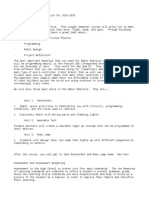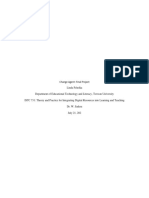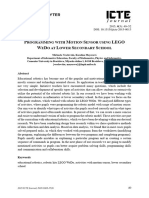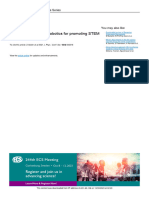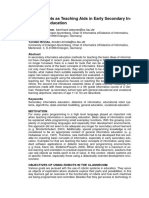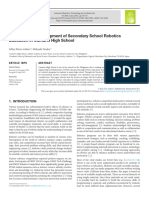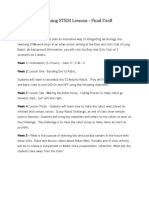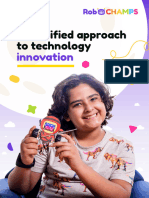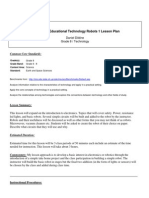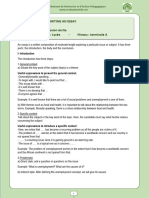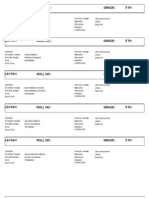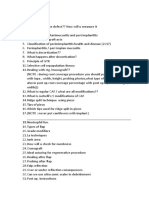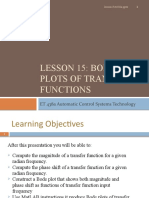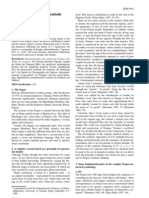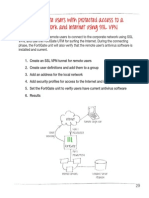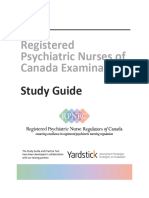0% found this document useful (0 votes)
48 views7 pagesSBCA Progress Report
The document is a robotics progress report for grades 1-3 of the Primary School of San Beda College Alabang's Integrated Basic Education Department. It outlines the monthly tasks and objectives covered in their robotics curriculum for each grade level over the course of the 2021-2022 school year. The tasks focused on introducing students to programming software and hardware, building basic robotics systems using inputs and outputs, and constructing prototype robots using motors and lights. The goal was to enhance students' thinking and problem-solving skills through hands-on robotics lessons.
Uploaded by
Jessel MontillaCopyright
© © All Rights Reserved
We take content rights seriously. If you suspect this is your content, claim it here.
Available Formats
Download as PDF, TXT or read online on Scribd
0% found this document useful (0 votes)
48 views7 pagesSBCA Progress Report
The document is a robotics progress report for grades 1-3 of the Primary School of San Beda College Alabang's Integrated Basic Education Department. It outlines the monthly tasks and objectives covered in their robotics curriculum for each grade level over the course of the 2021-2022 school year. The tasks focused on introducing students to programming software and hardware, building basic robotics systems using inputs and outputs, and constructing prototype robots using motors and lights. The goal was to enhance students' thinking and problem-solving skills through hands-on robotics lessons.
Uploaded by
Jessel MontillaCopyright
© © All Rights Reserved
We take content rights seriously. If you suspect this is your content, claim it here.
Available Formats
Download as PDF, TXT or read online on Scribd
/ 7









